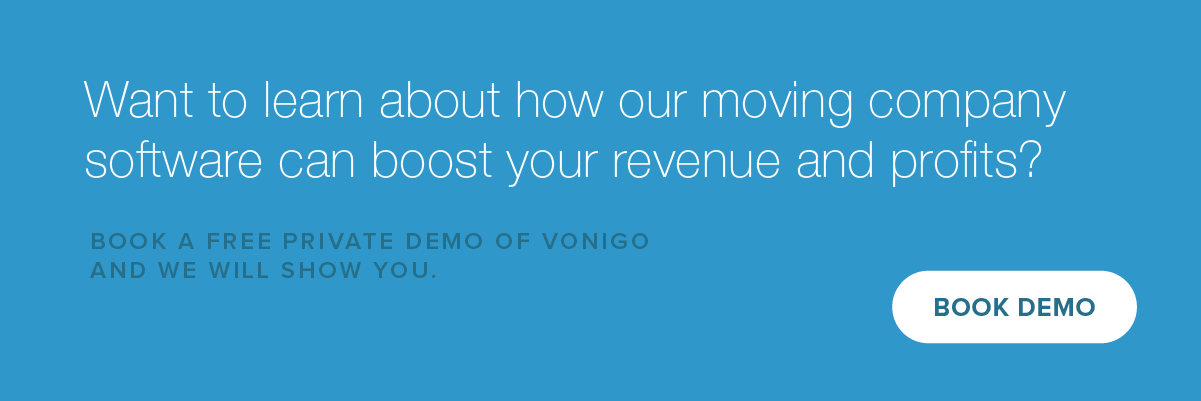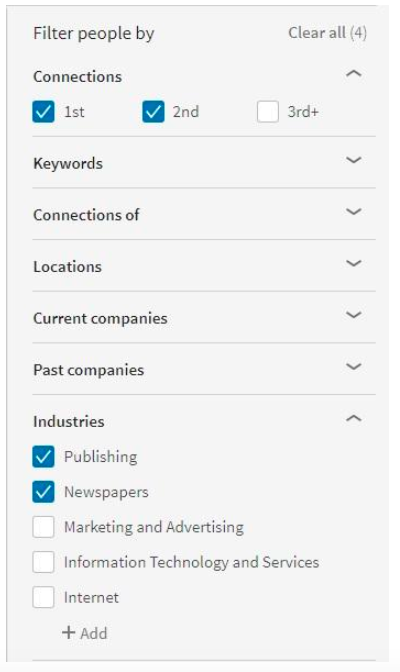Easy and Effective Link Building Ideas to Get More Moving Leads
- November 16, 2017
- By: Vonigo
This post on link building to get more moving leads is written by SEO expert Rob Woods.
Building links to your moving business website doesn’t have to be a difficult undertaking. Learn a few easy but effective tactics you can use to get more moving leads right now.
Winning at Organic Search Brings More Moving Leads
You know you need to rank well in search engines. You know your customers need to be able to find you easily. And you’re probably working toward both in traditional ways like direct advertising and relying on word of mouth. But if you haven’t considered link building, you’re missing out on a powerful and effective method to reach both of those goals.
One of the ways Google and other search engines gauge the quality, authority and value of a website is by the number of inbound links (also called backlinks) from reputable and authoritative sources. This means, the more links you have coming into your site from other high-quality websites, the more attractive your site looks to search engines, and the more likely it is to rank well.
Now, this isn’t to say any and all inbound links are desirable. In fact, the exact opposite is true. The key is to build inbound links not only from quality sites but from sites that are relevant to yours in one way or another. Relevance is one of the most important features of any kind of link, especially the ones coming into your site.
Getting high-quality, relevant links without any effort on your part is always great, but there’s no reason you have to sit around and wait for it to happen. You can be proactive and build these helpful and powerful inbound links yourself by making link building a part of your overall marketing strategy. A better investment in SEO will mean a greater chance of winning organic search clicks, and converting more moving leads.
Build a Link Building Strategy
Before you actually start building links that will help get more moving leads, you must have a plan in place. Where are your links going to come from? How are you going to get them? Creating a plan ensures you’re using your time and resources as effectively as possible and setting yourself up for the greatest return on investment. It only takes a few steps.
Agree on a Budget
Sure, this includes how much money you’re willing and able to spend on link building efforts. But as a small business, you may have more time than money, so don’t forget to count that as a valuable asset.
Identify Paid Opportunities
In general, paying for links is frowned upon. But a few paid opportunities are actually not only legitimate but can be powerful boosts to the traffic and moving leads from your site.
For example, does your business belong to the local Chamber of Commerce? Once you join, the Chamber will not only list your business on their site, they’ll link to it. Are there other local business organizations or associations you can join? Those groups will also often maintain lists of their members, also with links to business sites.
Check for local directories and industry resource pages as well. You may have to join or pay a fee to be listed, but the link you’ll receive to your website will be well worth the expense.
Look for Partnership Opportunities
Ask if any of your vendors are willing to refer to you as a recommended provider. You can link to them in return. Just make sure you’re linking to — and accepting links from — reputable sites and service providers, and be aware of any potential conflicts of interest.
Identify Existing Linkable Assets
Anyone can link to a blog post. In fact, most people do. To get more bang for your link-building buck, think about the unique and potentially higher-value assets you already have available to you. Consider things your competitors don’t have or aren’t using, such as white papers, in-depth studies, interesting and valuable videos or images, or well-crafted case studies.
Whatever you choose, be ready to explain why your assets are “link worthy” when asking others to link to them and send a follow-up email when you’ve added their link. More importantly, make sure they truly are link worthy. Great content has the added benefit of helping to convert traffic to moving leads because it showcases your expertise.
List Key Staff Members’ Existing Relationships
Does your sales manager sit on a business organization’s board? Does your hiring manager raise funds for a high-profile charity? How many of your staff members are involved in their neighborhood or alumni associations?
Local organizations like this can be powerful sources of links to your site. Don’t underestimate the potential of these kinds of relationships, and don’t be afraid to pursue them.
Identify Existing Connections to Local Influencers
Whether it’s a blogger who writes about topics relevant to your business, or a journalist who covers your industry, chances are you can find a handful of people in your community who have both visibility and a voice. But how do you find these people?
Try Facebook. Most bloggers also maintain Facebook pages which they use to communicate with their followers. A quick search should turn up a few possibilities.
Also, check LinkedIn. You or your staff members may even already be connected to influencers who could help your link building efforts. Search your contacts by a degree of separation, industry, and other parameters such as location and keywords. You may be surprised at the opportunities you find.
Put Your Link-Building Strategy to Work
Now that you have lists of potential contacts, your existing linkable assets, and you know how much time and money you want to spend, the link-building work can begin.
- Do the Paid Opportunities First: The easiest link building in the world involves joining an organization, paying a fee, filling out a form, and waiting for your link to be published.
- Handle the Easy Opportunities Next: These might be the links you know you can get from those contacts you and your key staffers have in local organizations (charities, neighborhood associations, etc.) and related but not competing businesses.
- Put in the Legwork: This is the time-consuming and most difficult part. Take the list of the remaining opportunities you’ve identified, and start reaching out. Email is better than phone calls. Few people enjoy cold calls, especially when they’re at work. Email gives them time to think and give a considered response.In addition, if you send an email, you can link to those valuable assets you identified (case studies, white papers, videos, etc.) so they can actually see what they’d be linking to rather than hear you try to give an accurate description over the phone.
Follow these steps until all your avenues have been exhausted, and then start the process over again. The potential sources of inbound links are nearly limitless. It just takes some imagination, determination, and perseverance. Stick to it, and you’ll begin to see the results.
Next time we’ll explore how to create great content either for your own site or to place on someone else’s, and how to research, plan and execute the outreach to promote that content.
Want to learn about moving software that can help convert your moving leads to booked and scheduled jobs? Book a free, private demo of Vonigo.





